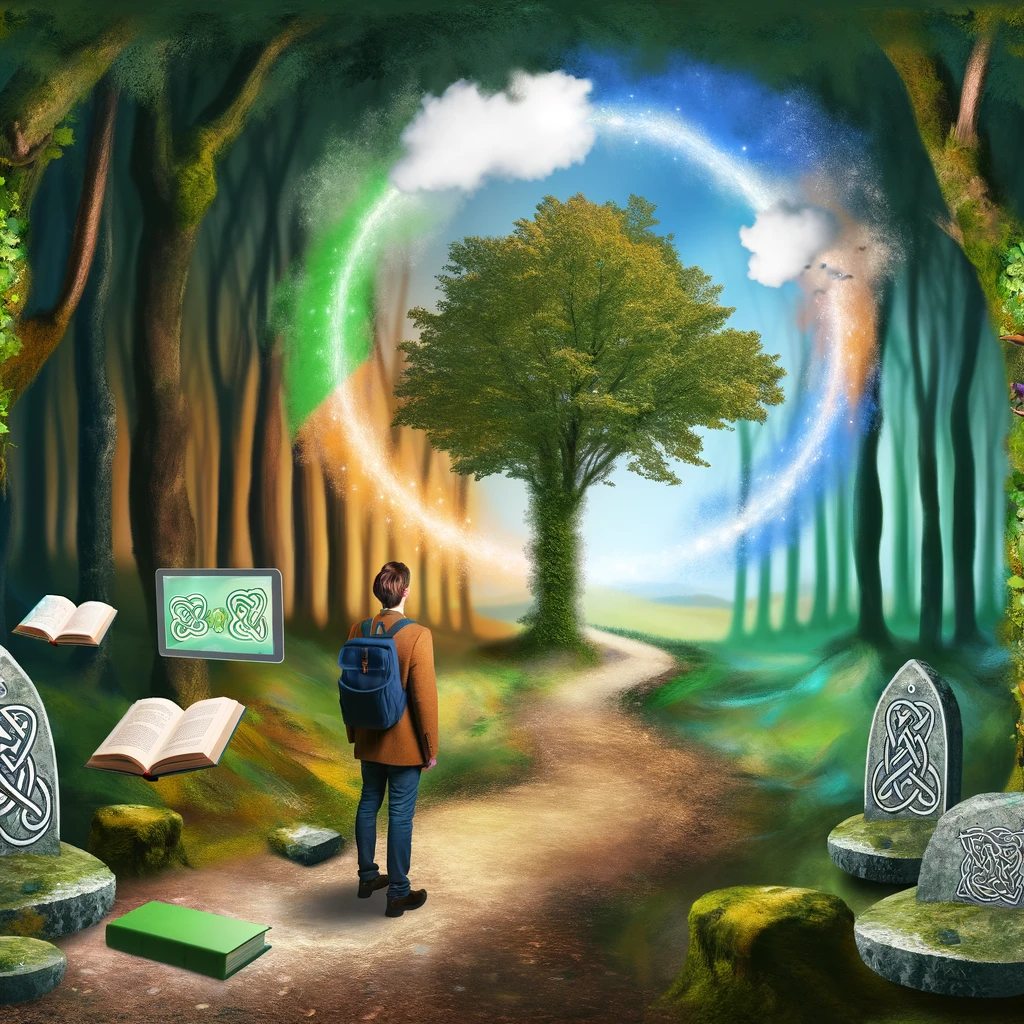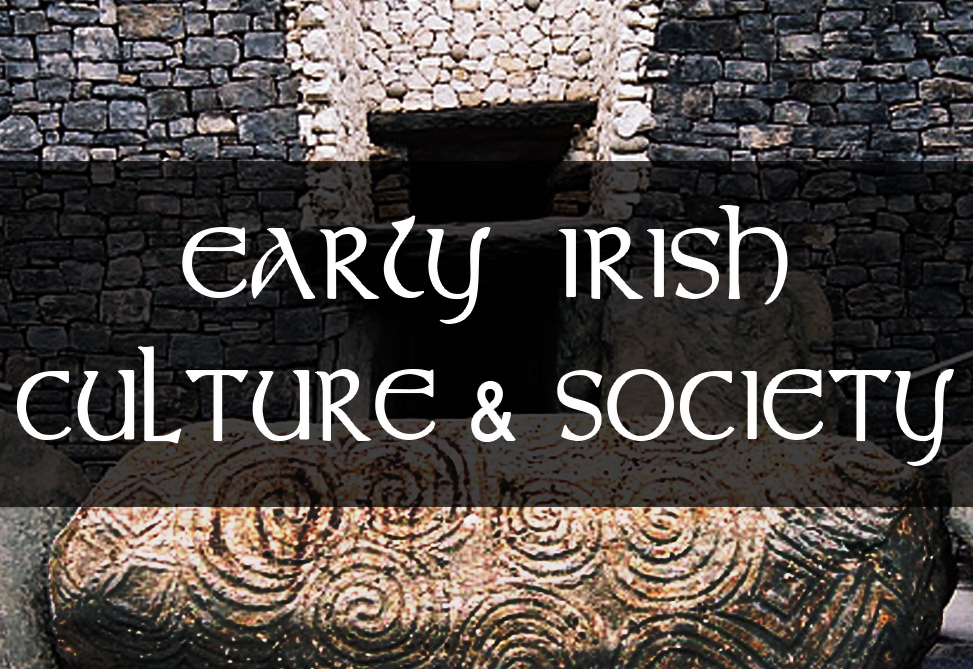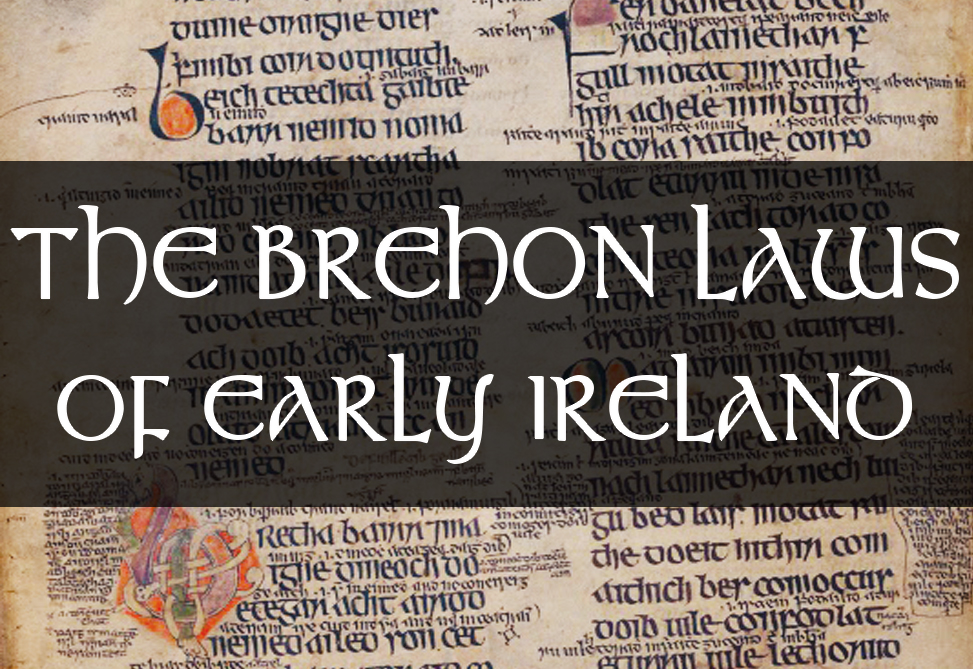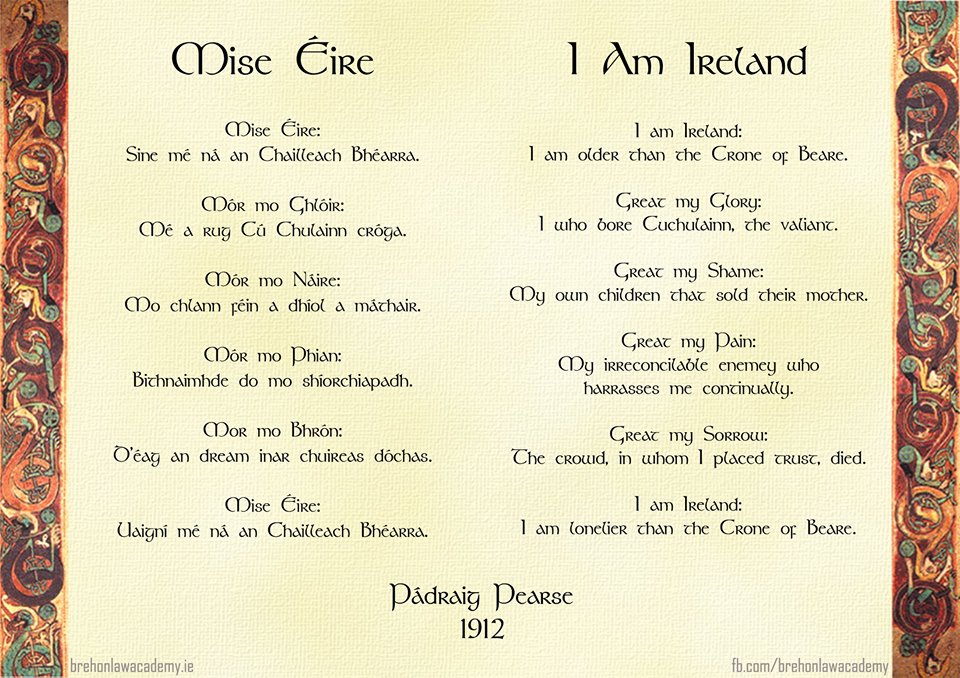To think in Irish, rather than merely translating from it, requires immersive strategies that align more closely with how the language conceptualizes the world. This process involves a few key steps that can rewire the brain to process and produce Irish in a way that’s intrinsic to its unique logic and essence.
1. Immersion
First, immersion is crucial. Surround yourself with the language as much as possible. This means listening to Irish radio, watching television programmes and films in Irish, and engaging with native speakers through conversation. Immersion helps you to pick up on idiomatic expressions, the rhythm of speech, and the cultural context that shapes the language’s use.
2. Practice
Second, practice thinking in Irish. Start with simple concepts and objects, describing them to yourself in Irish as you go about your day. Gradually progress to more complex thoughts. This method helps embed the language’s structure and vocabulary in your mind, making it a more natural medium for your thoughts.
3. Culture and History
Third, study the culture and history associated with the language. Understanding the cultural context in which Irish developed can provide insights into its unique view of the world. Language is deeply intertwined with the culture of its speakers, so this knowledge can deepen your understanding and appreciation of Irish.
The Irish language is deeply entwined with Ireland’s culture, encapsulating its myths, music, dance, and literary traditions. For instance, the oral storytelling tradition of the seanchaí (storyteller) is rich with legends, myths, and historical narratives that convey moral lessons, cultural values, and historical knowledge. Understanding these stories provides insight into the Irish way of thinking and expressing ideas, emotions, and values.
Music and poetry are also integral to Irish culture, often featuring language that is rich in metaphor, allusion, and a deep connection to the natural landscape. Engaging with Irish songs and poems can enhance your linguistic intuition and appreciation for the language’s expressive capabilities.
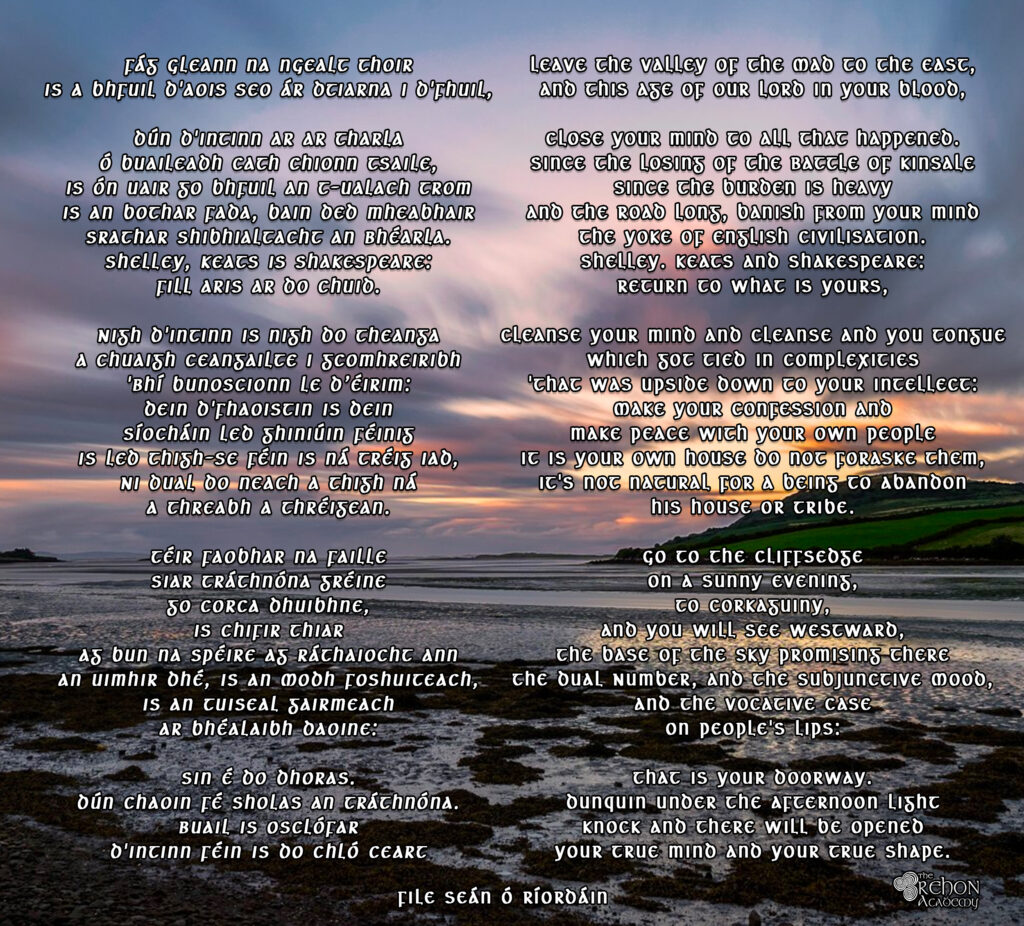
Historically, Irish has undergone significant changes and faced challenges, including periods of decline and revival. The language’s survival and revitalization efforts are a testament to the resilience of Irish identity and heritage. Understanding this history is crucial for grasping the language’s contemporary significance and its role in expressing national identity and cultural pride.
The transition from Old Irish to Modern Irish involved linguistic shifts influenced by historical events, including colonization and the introduction of English. This historical journey impacts not only the structure and vocabulary of the language but also its social and political significance in Ireland and among the Irish diaspora.
Incorporating cultural and historical understanding into your study of Irish does more than just enhance language proficiency; it fosters a deeper connection to the language as a living cultural practice. This approach encourages learners to:
- Engage with original Irish literature, music, and art to develop a nuanced understanding of the language’s idiomatic expressions and cultural references.
- Participate in cultural events and practices, such as festivals or Irish language immersion courses, to experience the language in its cultural context.
- Reflect on the historical evolution of Irish and its role in shaping modern Irish identity, which enriches the learning experience and fosters a deeper appreciation for the language’s significance.
4. Storytelling
Fourth, learn through storytelling. Irish is a language with a rich oral tradition. Engaging with its stories, poems, and songs can not only improve your language skills but also provide a deeper understanding of the way Irish speakers perceive and articulate their experiences and realities.
5. Speak Me, Oh Speak Me!
Lastly, practice regularly and seek feedback from native speakers. Regular practice helps reinforce the language’s structures and vocabularies in your mind, while feedback can correct misalignments in your understanding and usage.
Thinking in a new language is a transformative process that extends beyond mere translation. It involves adopting a new way of seeing the world, deeply influenced by the cultural and historical contexts of the language. Through immersion, cultural study, and regular practice, you can begin to think in Irish, allowing for a more authentic and profound engagement with the language.
